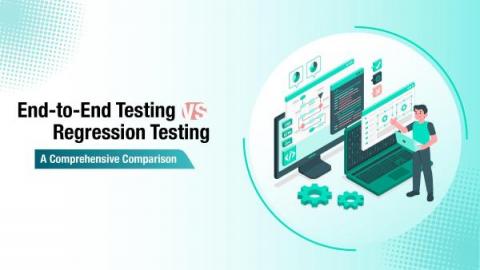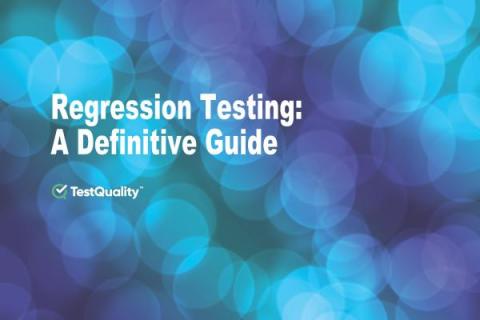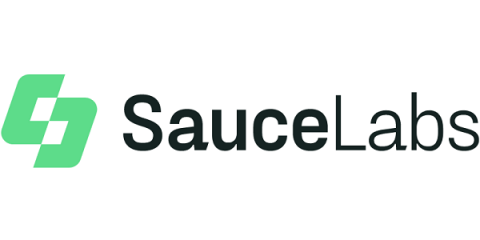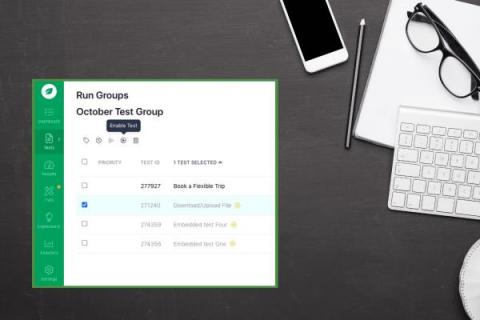End To End Testing vs Regression Testing: A Comprehensive Comparison
End-to-end testing is a type of software testing that checks the system as a whole from start to finish. Regression testing is software testing that checks for errors after changes have been made to the code. Both are important for the software development process. However, they are two different types of tests that serve different purposes.








